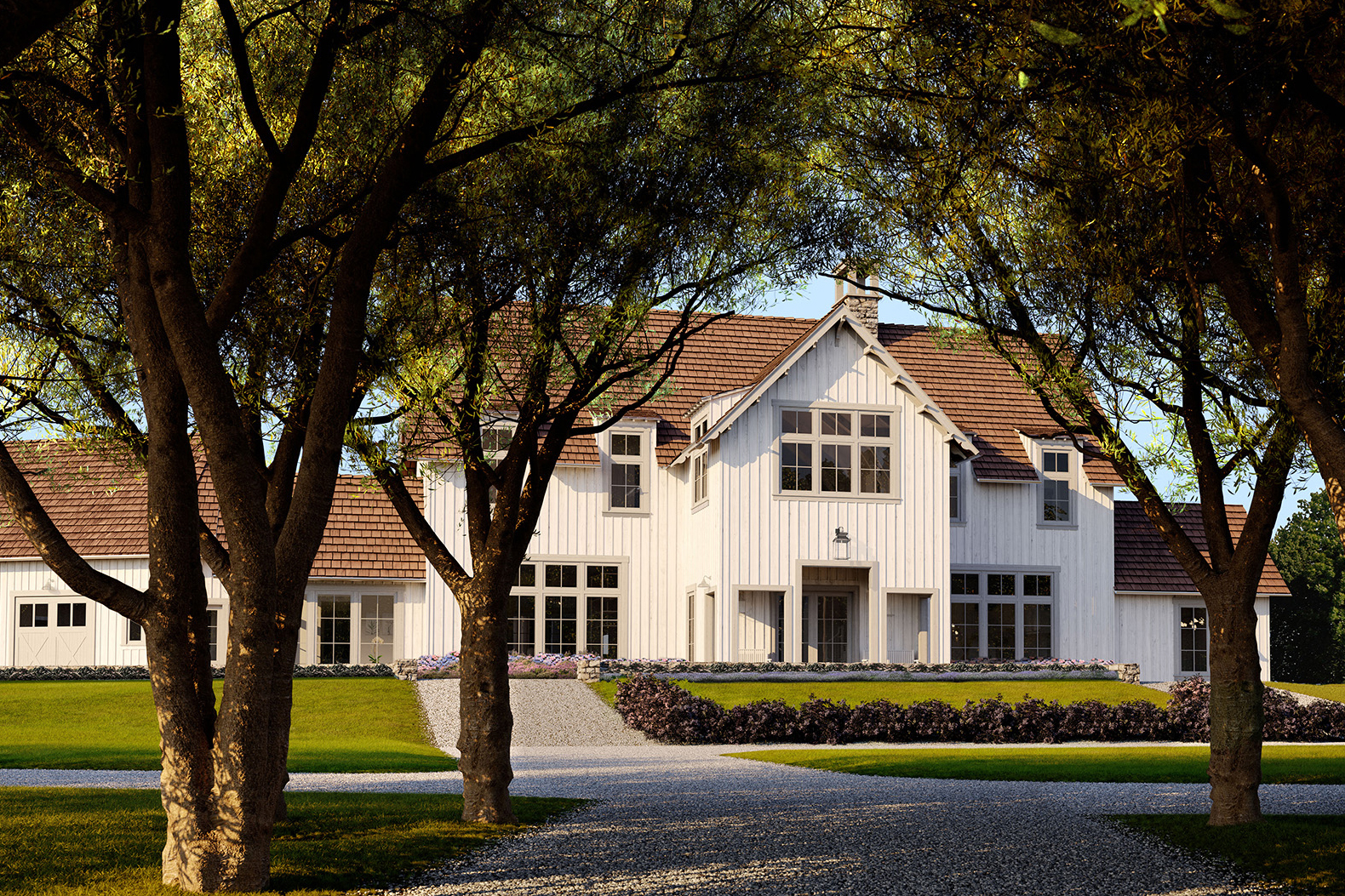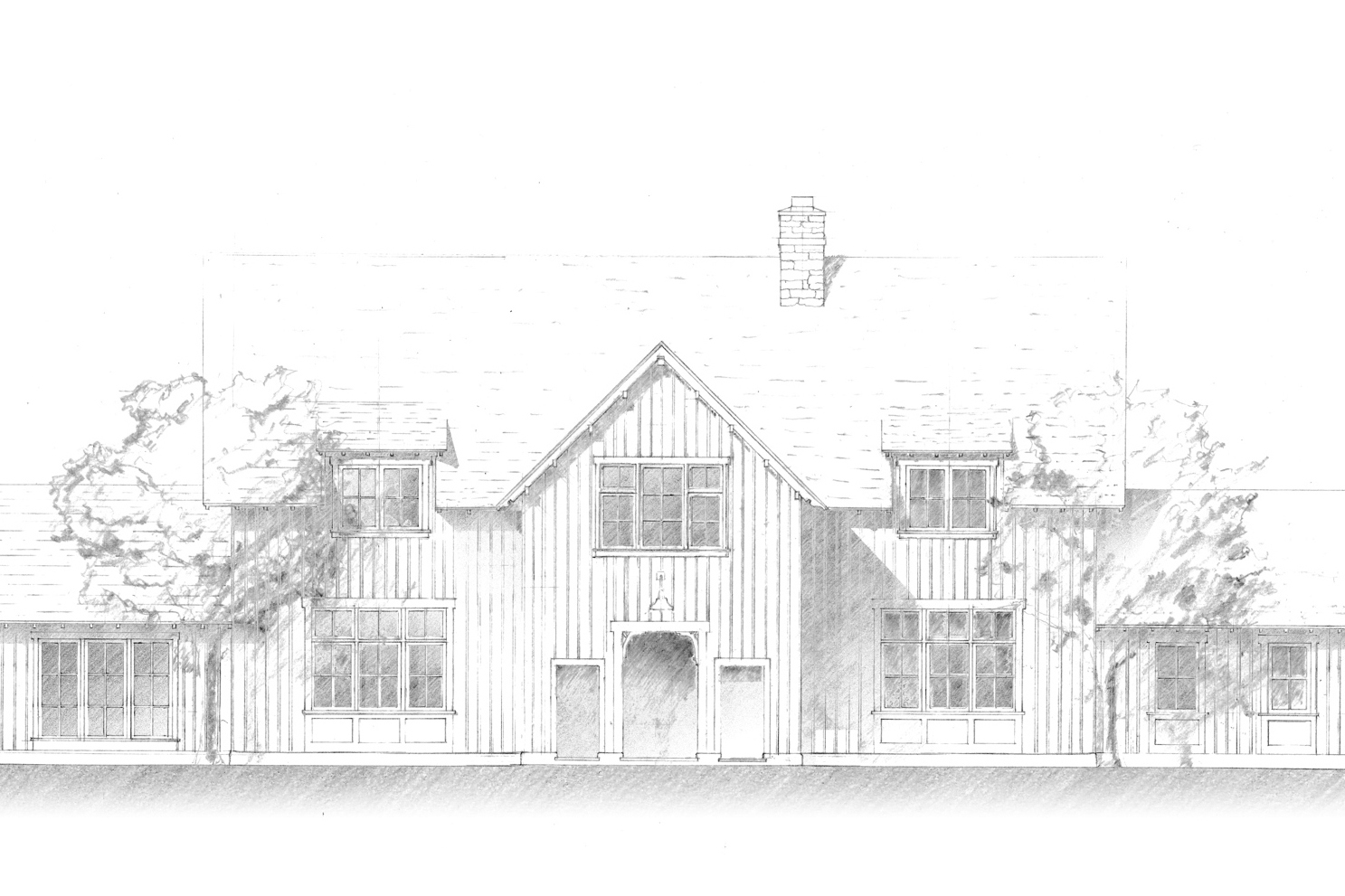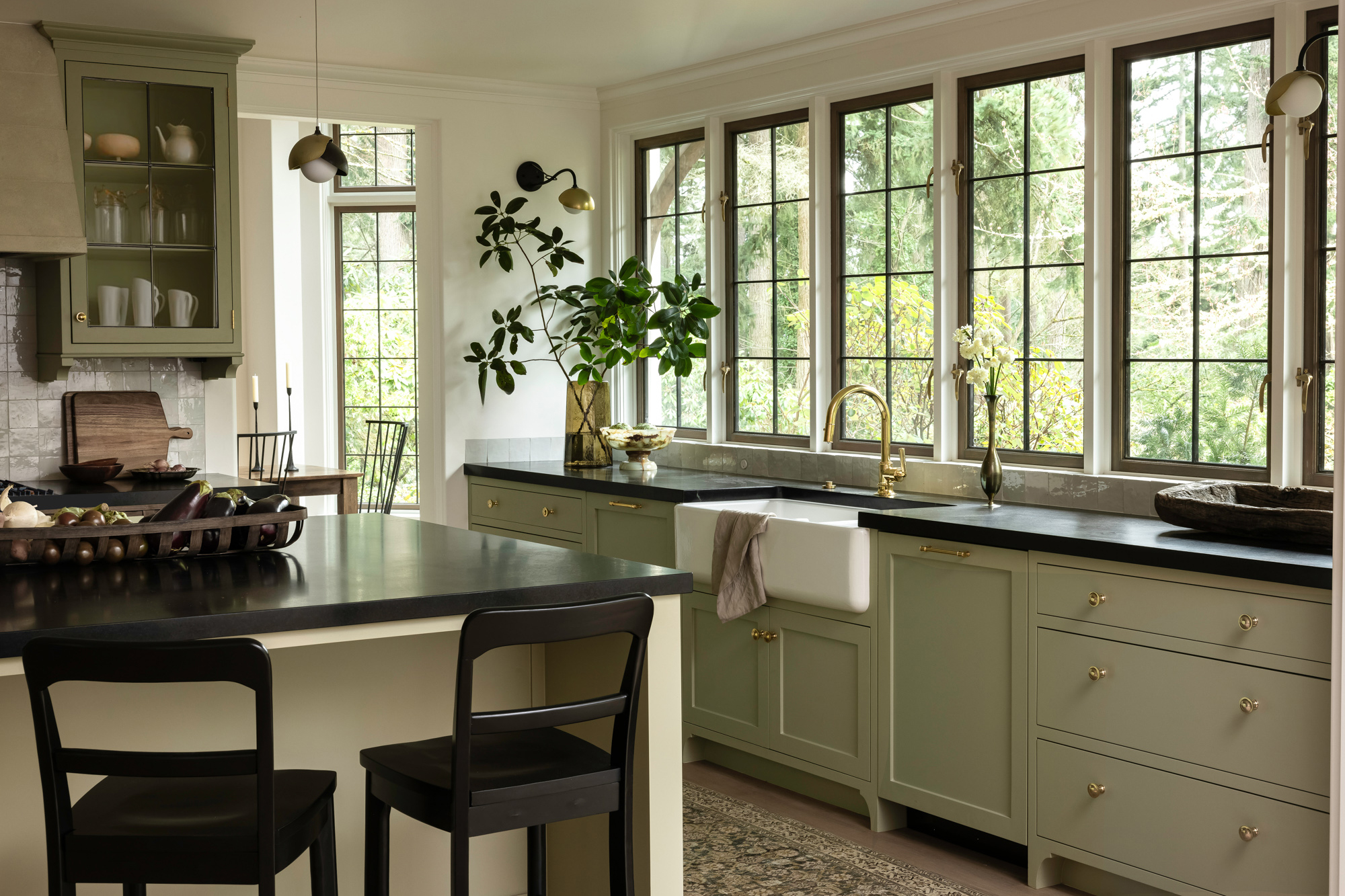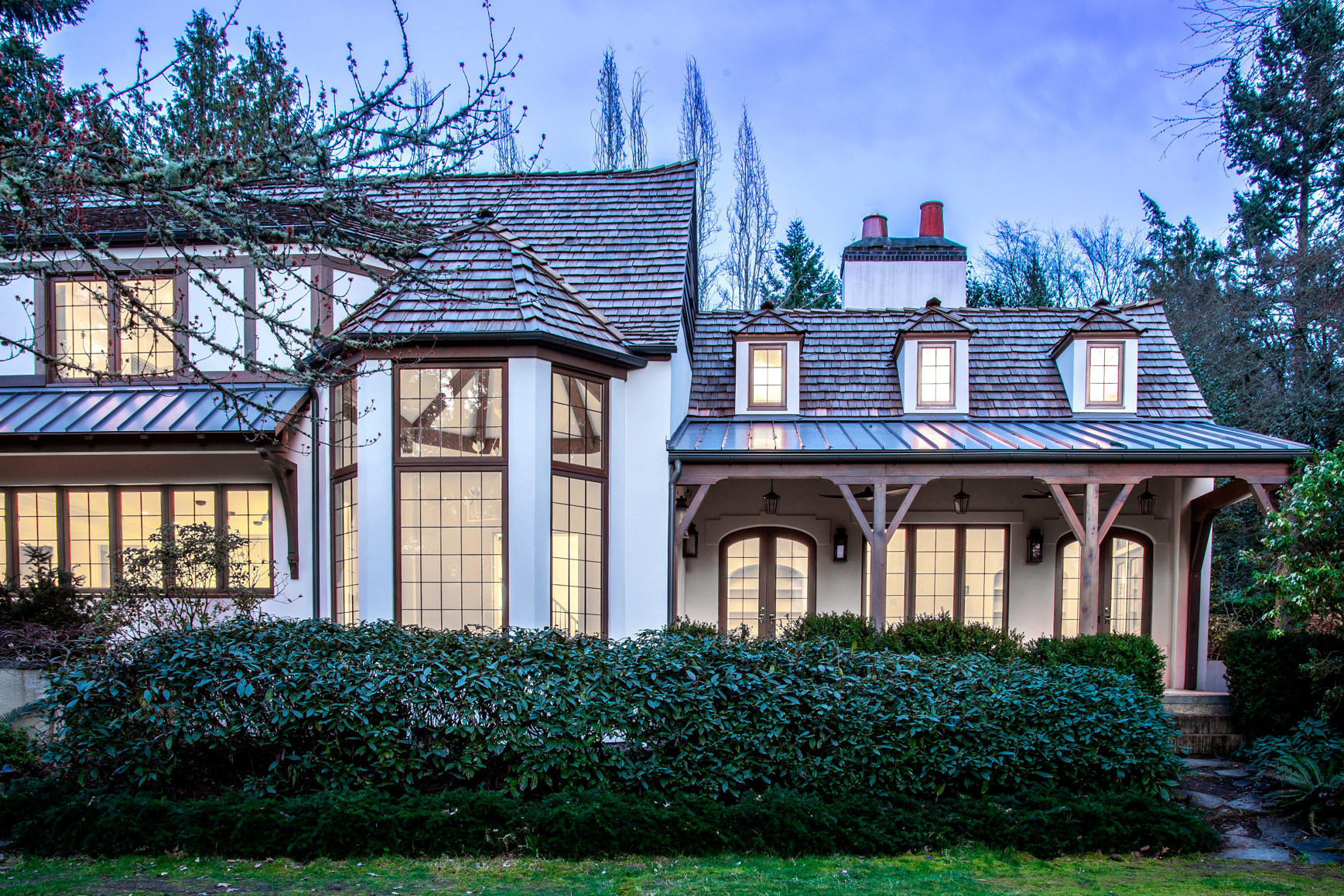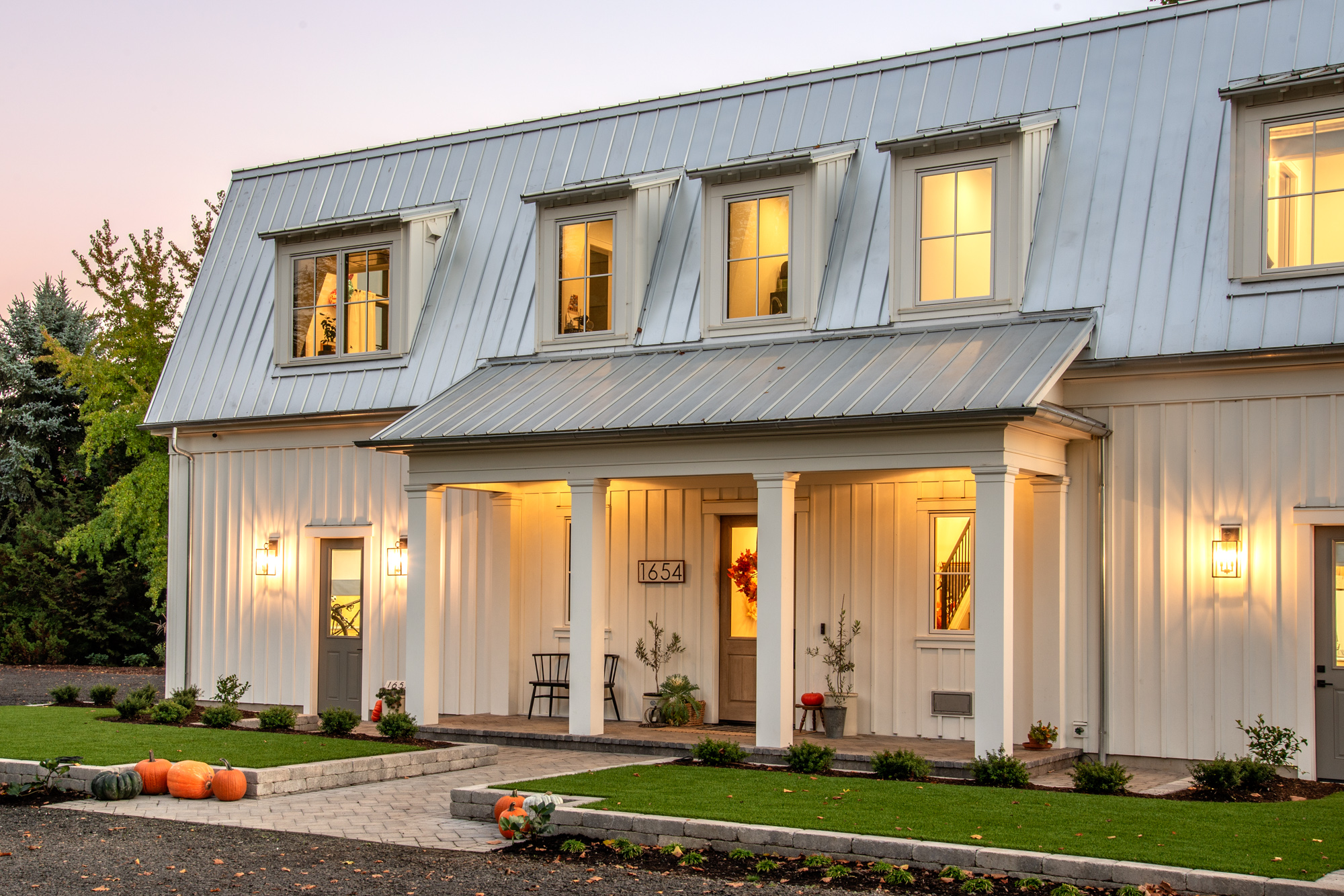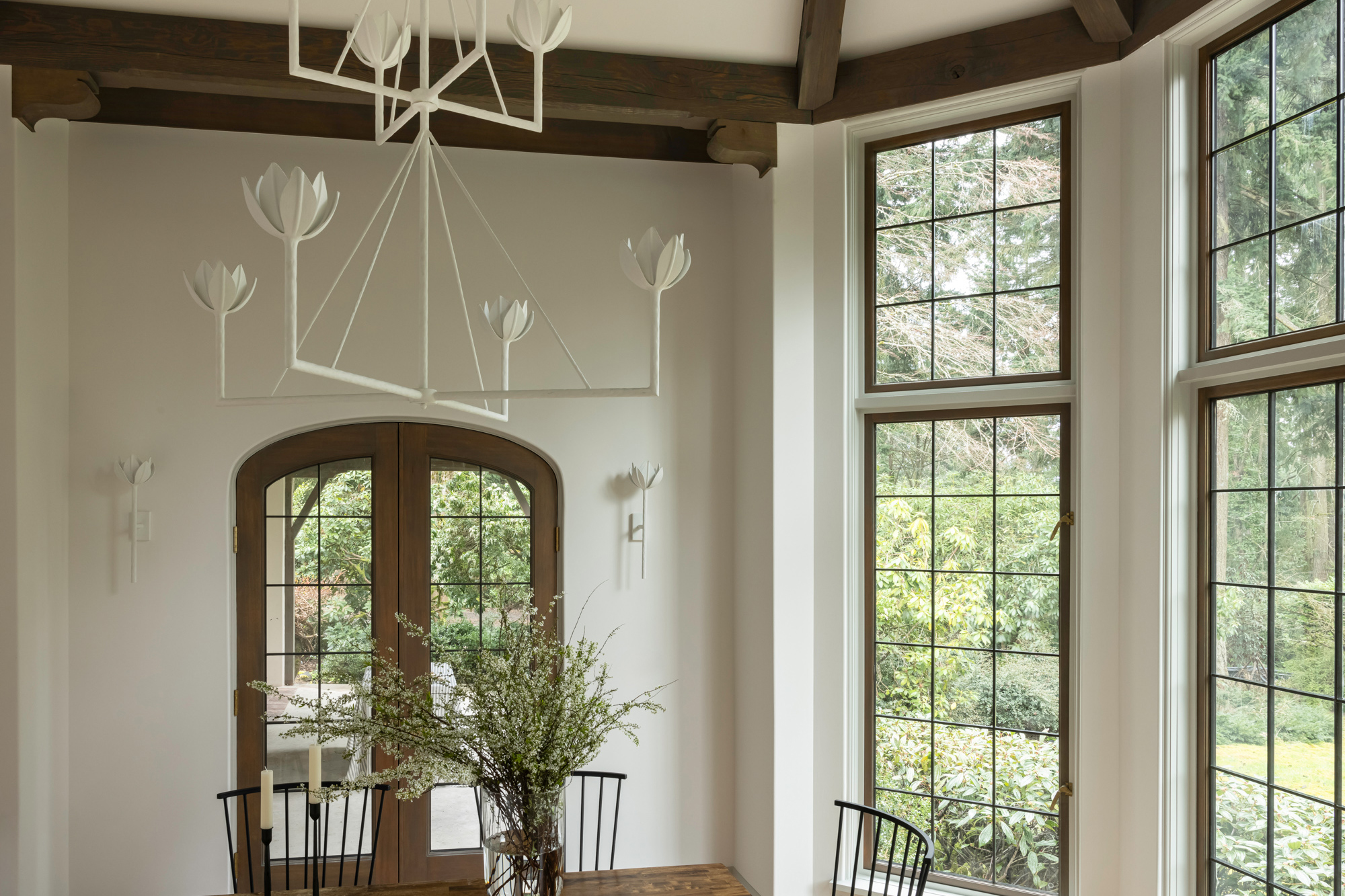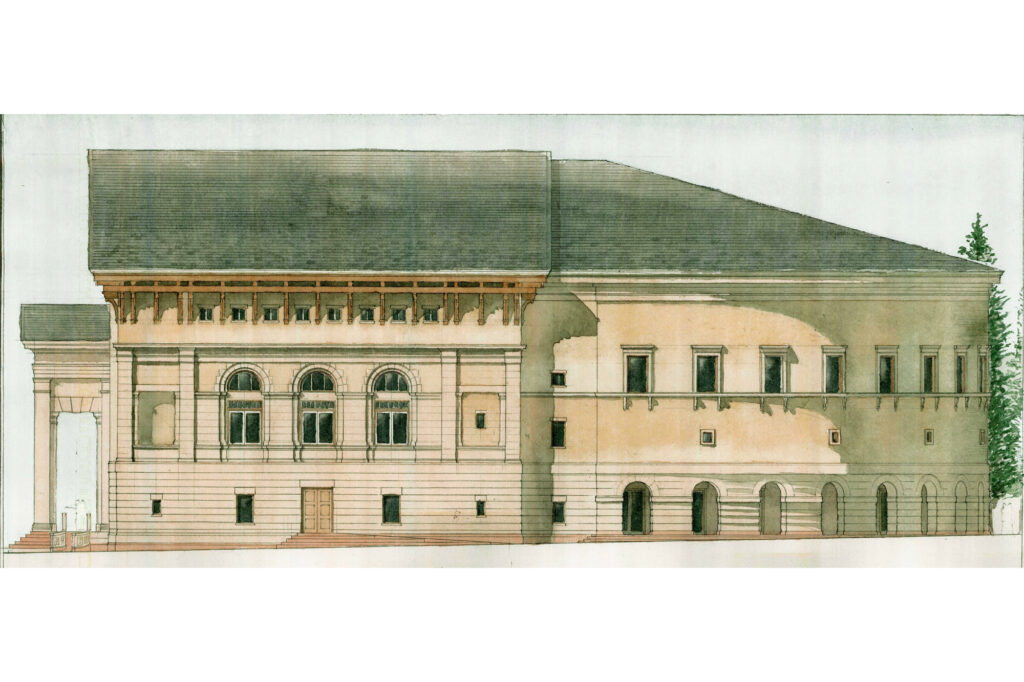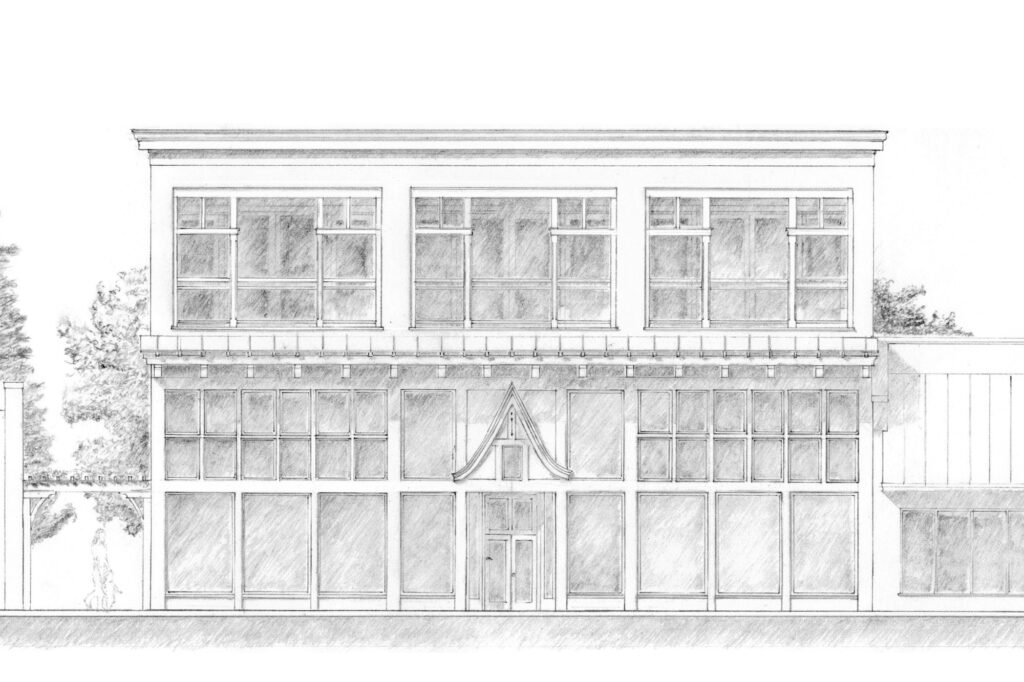Why a Feasibility and Project Potential (F&PP) is Indispensable for Custom Homes and Home Renovations
The F&PP helps prevent common pitfalls and debacles associated with design and construction. In life and construction, there are “known knowns”, “known unknowns”, and “unknown unknowns”1. The Feasibility and Project Potential illuminates and synthesizes this information in a usable way to set a custom home or home renovation/ addition on solid footing for the rest of the design and construction process.

Known Knowns
These are the parameters that we are aware of (or can make ourselves aware of). They tend to be straight-forward and easy to discover (so long as they are well-investigated). Here are some examples:
- The height limit for a home on our property is 35 feet.
- The maximum lot coverage of our property is 20%, so the home footprint cannot be more than ‘x’ square feet (by calculation).
- We need to replace the wiring in the existing house.
- We would like ‘x’ number of bedrooms in the new home.
- We need to replace our roof some time in the next 5 years.
Known Unknowns
These are a little more difficult to work with, but we can plan for and anticipate them.
- Labor could be more complex (i.e. more costly) in this scenario.
- There could be mold underneath the plaster or drywall.
- The cost of lumber could go up.
- The next earthquake could be strong and could cause damage.
Unknown Unknowns
This is the category that presents the most challenges and the one by which we get the saying, “You don’t know what you don’t know,” and “I know enough to be dangerous.” The latter alludes to the Dunning-Kruger effect—a cognitive bias in which people with less knowledge of a subject tend to overestimate their abilities. This happens quite often when a homeowner isn’t aware of all the potential risks, restraints, and possibilities associated with a potential construction project.
Similarly, architects and contractors may give advice without fully assessing a situation.
Advice without a proper investigation into the property and client needs/ wants can do more harm than good. Common pitfalls include:
- Missed opportunities and unforeseen options.
- Paying for design fees when a project isn’t feasible for unforeseen reasons.
- Designs not-in-line with homeowner vision.
- Cost and schedule overruns.
Feasibility & Project Potential
We start the Feasibility and Project Potential by researching the property and begin to investigate the project’s potential and potential challenges. We collect and analyze health, safety, welfare, energy, and building locale information as it pertains to future plans.
Then we meet on site—typically for about 2 hours—and do a thorough review of your needs, hopes, dreams, ambitions, and realistic possibilities.
Through a series of diagrams and analysis, we develop a range of options for the program (the conjectural size and allocation of desired spaces) with estimated hard (actual build) costs and soft (design and engineering) costs.
We also begin evaluating contractors and recommending potential fit. As the first step in the process of a major home renovation or a new custom home build, a F&PP ultimately allows the project to be on solid footing by synthesizing knowns and unknowns, aligning expectations, and providing a roadmap for design and construction.
